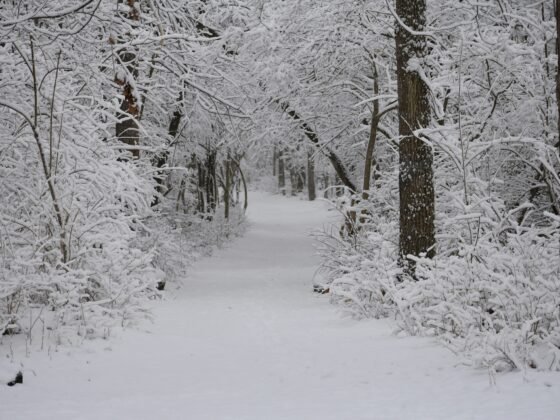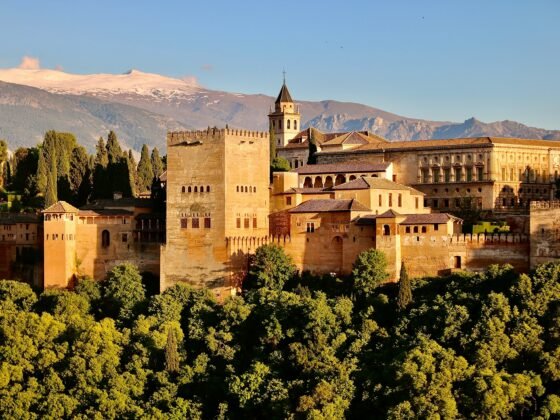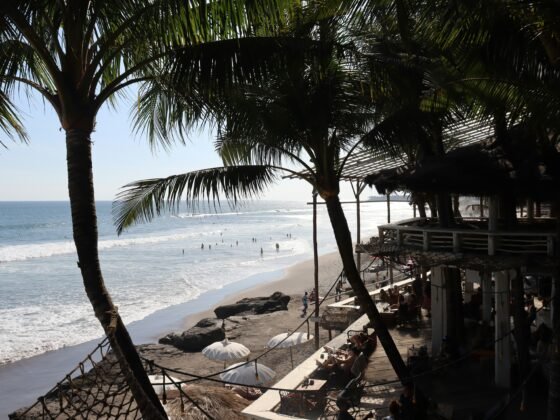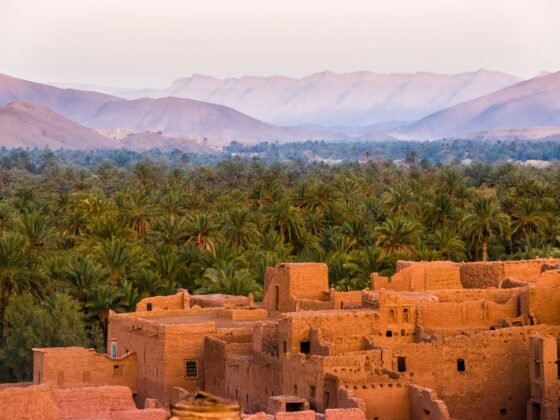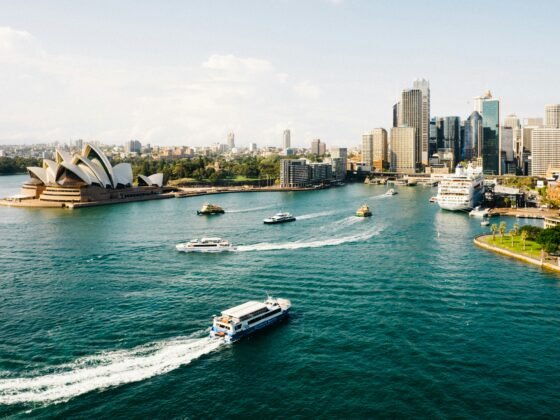Rome has always been an illustrious city, founded in 8th century B.C; the time now referred to as ancient Rome saw kingdoms being established and collapsed. Rome became a republic in 509 B.C. that saw land reforms were introduced and maneuvered. The Roman military was reformed by Gaius Marius, the leader of the Roman republic. Then with the assassination of Julius Caesar, his Heir Augustus became the first Roman Emperor and transformed Rome with his Hellenistic beliefs. Just like Gaius Marius, Augustus, ancient Rome saw several remarkable political figures that either developed the city or ruined it with the blood-headed disasters. Other than that, by their religious and cultural beliefs, different majestic architectures were constructed.
Following are the famous political figures of the Roman civilization and the magnificent monuments built under their reign.
JULIUS CAESAR:
Julius Caesar was a military general and a politician., who dominated Roman politics for several years, before being the one to end the Roman Republic and raise the Roman Empire. He introduced several land, social and government reforms. He was assassinated by a group of defiant senators.
The famous Theatre of Marcello, called Teatro Marcello was planned and commissioned by Julius Caesar, but it was built after his murder. This is an open-air theatre, used mainly for entertainment purpose holding several cultural events like dramas. It became the standard framework for Roman theatres constructed after that. Now the theatre has been redesigned with the ground floor being utilized for small concerts.
AUGUSTUS:
The adopted son of Julius Caesar, became the heir of Julius Caesar, after his assassination. Rome was engulfed in the flames of Civil unrest after Caesar’s assassination. He was the first Roman Emperor. He expanded the Roman Empire, insinuated taxation and founded the Roman postal system. He was a dexterous follower of the Hellenistic style and transformed Rome into a marble city.
The parallel shift in the art after Augustus was betrothed as the emperor is also referred to as Augustan classicism. The victory of Augustus over Julius Caesar assassins in the Battle of Philippi was memorialized by the Temple of Mars Ultor in the Forum Of Augustus. Built-in 42 BCE inaugurated in 2 BC, this temple served as the station for military operations and was decided to be used as a meeting place in the advent of war. It’s a 35 minutes taxi ride from the airport.
HADRIAN:
Known as the Rome’s Good Emperor, Hadrian was heavily invested into constructing and commissioned several projects across the sacred city. He came to the rescue of those who were assaulted. The infamous Wall of Britain, in the Roman province of Britannica, United Kingdom was a defensive bastion one of his famous works. The wall He was an admirer of Greek art and culture. He was an exploring Emperor, the reflection of which can be seen in various monuments under him like the Hadrian Villa, The Pantheon, the Castel Sant Angelo, the Temple of Deified Hadrian and the Temple of Venus and Rome. The structures built under his reign has inspiration drawn from eastern and greek elements.
You could add these places to your bucket list the next time you plan on soaking yourself in Roman architectural beauty. All the sites mentioned above are a 30-45 minutes taxi ride from the Leonardo-da Vinci Fiumicino Airport. You can easily get an airport taxi service outside the airport to pre-book them before traveling to ease up the touring load.





